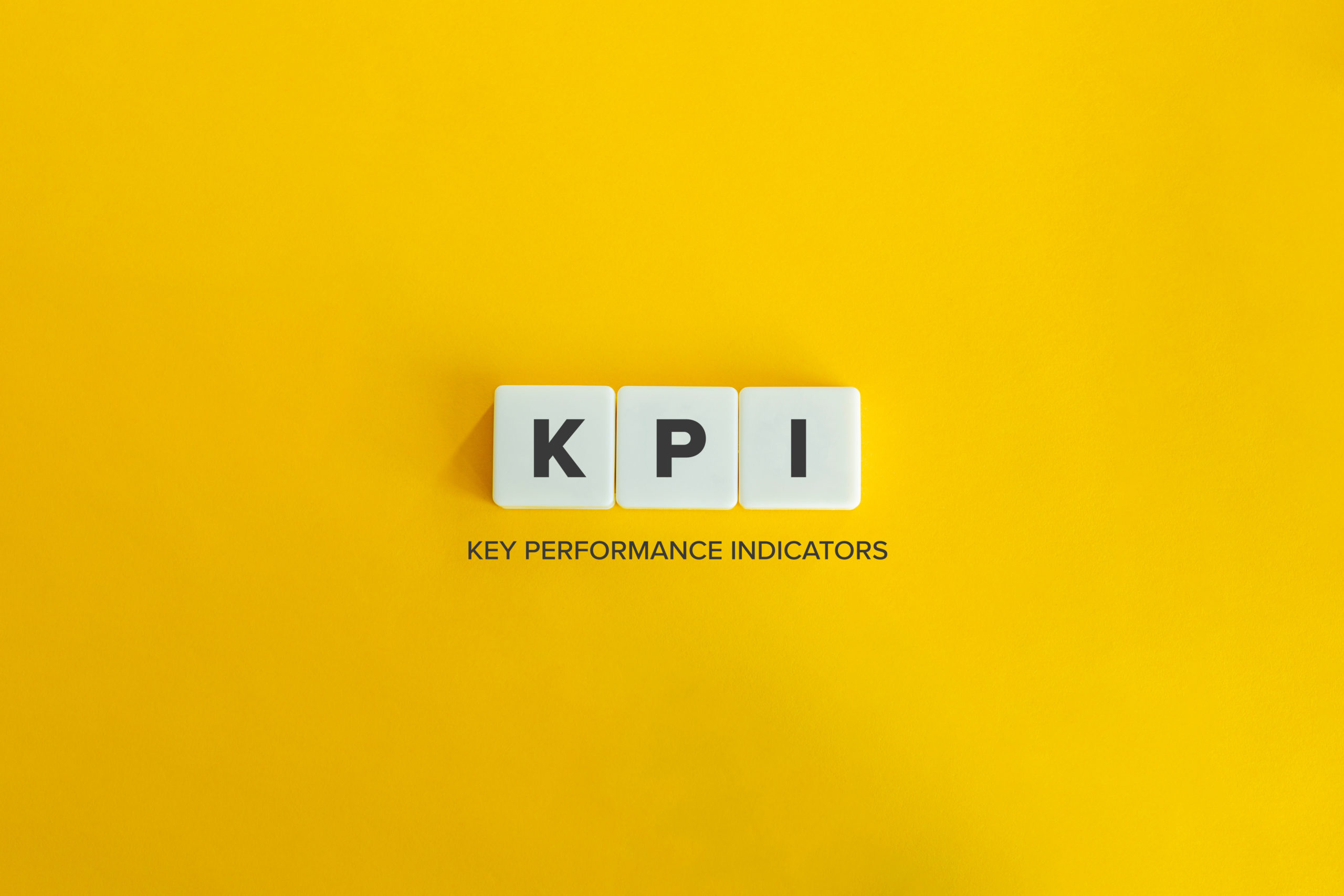The old cliché is true: you cannot improve what you do not measure. That is certainly applicable to emergency medicine revenue cycle management. As staffing shortages, increasing costs, declining reimbursements, increasing compliance requirements, and growing cyber security threats (among other factors) shrink hospital and provider group margins, revenue cycle management is one area where you can take control and prevent revenue leakage. Start by getting a clear picture of your current revenue cycle management performance and setting benchmarks and targets. From there, you can continuously optimize and evolve your revenue cycle management reporting to work for your organization.
Read on for tips on where to focus and what to track to optimize your emergency medicine revenue cycle.
Put your Data to Work
Today’s revenue cycle reporting tools are more advanced than in the past. You can now leverage analytics to understand your revenue cycle at a micro and macro level in real- time. Given the data analysis tools at your fingertips, data should support every decision you make in your group workflow and revenue cycle. If you are not analyzing emergency department operational performance and revenue cycle data, that is the first place to start. Without historical data and analysis, it is difficult to determine if your performance is up, down, or stagnant. Analyzing data enables you to begin defining trends and noting anomalies.
Once you have a clear picture of your current performance, reflect on the Key Performance Indicators (KPIs) that define your revenue cycle management success. First, set benchmarks that define your current level for each of these KPIs, then define targets for improvement and monitor your progress with dashboards that provide insight on your performance.
Essential Emergency Medicine RCM KPIs
A revenue cycle management partner with experience in both your specialty and the use of robust data analytics tools will be able to track all your KPIs in an easy-to-access, real-time performance dashboard. They can also advise you on which metrics make sense to track. Depending on the size of your group, your payer mix, patient volume, and other variables, your group’s top-priority metrics will be unique. However, there are some primary emergency medicine revenue cycle KPIs we suggest for emergency medicine groups. They include:
- Cases: At a base line, tracking trends in patient volume can help you predict revenue and staffing needs.
- Charges and Average Patient Charge (APC): Keeping tabs on charge trends is helpful to identify issues such as delays in processing. Additionally, since total charges include both E/M and procedures, APC (charges/cases) may be an indicator of changes in E/M utilization and/or capture of procedures. Changes in APC require investigation.
- Payments: Tracking payments by period and by payer allows you to view reimbursement trends and flag any payer-specific issues to prevent future AR delays or denials.
- Level of Service (LOS): Review Level of Service trends allows you to track E/M utilization trends and coding consistency. It can help you identify if there is an issue with E/M selection (the main driver in emergency medicine billing).
- Left Without Being Seen (LWOBS): LWOBS is a clinical metric rather than a RCM metric. An increase in LWOBS rates indicates workflow and operational issues at the emergency department. However, this KPI can represent an opportunity for revenue growth. For example, if LWOBS occurrences are reduced, it is likely that Charges and Payments will increase. Therefore, we recommend tracking it in your RCM dashboard.
- Cash Per Visit (CPV): Monitoring cash per visit gives you visibility into the average value of a patient visit and how changes in patient volume impact your revenue.
- Physician Productivity: View your most productive providers by month, previous month, 3 months, and YTD to spot productivity anomalies. These metrics help physicians understand where they stack up against their peers. Additionally, it can help your group determine where to allocate training resources. The two physician productivity metrics to focus on are:
- RVU per Case: Understanding RVUs per case by provider can help you understand the level of care provided by each team member; understanding differences in this metric between providers helps identify areas for training.
- % Lost Charges: Review lost charges by provider to uncover opportunities to educate individual providers in areas where they can optimize their documentation. Monitoring lost charges is vital to your CDI (Clinical Documentation Improvement) efforts.
- Rejection Rate – Track trends in clearinghouse rejection rates and work toward less than 2% as a target to optimize collections. If this number is going up, it is time to investigate why.
- Clean Claim Rate – Clean Claim Rate measures the percentage of insurance claims submitted that do not generate a denial from the payer. When this number is higher, days in AR and time to payment is reduced. This metric helps you understand the efficiency of your claim submission process and diagnose aberrant payer behavior.
- Actionable Denial Rate – Actionable denials are any claim denial that could have been prevented such as incomplete information on a claim. Strive for 6% or less and track trends to prevent future denials. Document common reasons for denials and put a plan in place to address them: analyze your eligibility, patient & payer data verification, coding, and credentialing functions.
- Days in AR – AR is a valuable metric because it helps you identify the average time it takes for your group to collect payment for services rendered. Days in AR vary based on payer – know your numbers and watch for trends where Days in AR increase.
- Facility Errors – You must know the source of denials related to facility errors. One example of facility errors is Registration. These errors can cause eligibility denials or patients being billed when they have insurance coverage. Incomplete or inaccurate payer and/or patient information from the facility lead to extra expense and delays in cash. Accurate and specific data help you address those facility errors so they can be reduced in the future.
- % Revenue by Payer Source – Understanding how much of your revenue comes from payers vs. patients helps you better assess the collectability of your A/R and manage patient balances with effective tools and processes.
Reviewing your KPIs
Once you have identified benchmarks and KPIs, the true value for your group comes in when you consistently monitor trends in each of the KPIs over time. Beyond reviewing trends, acting on reversing unfavorable trends is what will make a measurable difference in cash flow, efficiency, and patient experience. We suggest working with a partner who facilitates transparent, real-time access to your KPI dashboard. These dashboards are vital for daily check-ins as well as more detailed analysis. There is no substitute for easily accessible data to drive your workflow and allow for nimble decision making.
Track More Meaningful RCM KPIs with Resolv Healthcare
Enhanced technology and reporting capabilities allow streamlined claim submission and remittance processes that improve operational efficiency and drive revenue. Resolv, a Harris Revenue Cycle Business offers just that. Our data transparency and easy-to-access KPI tracking dashboard allow you to transform your revenue cycle for the better. Learn more about how Resolv’s 25+ years of emergency medicine revenue cycle management experience, innovative technology, and dedication to patient engagement can help your group track and improve meaningful emergency medicine RCM metrics. Book your free consultation with Resolv today.
About the Author
 Chandy Hanna, CHBME, CHCO Vice President of Operations, Resolv Healthcare
Chandy Hanna, CHBME, CHCO Vice President of Operations, Resolv Healthcare
Chandy Hanna is a senior executive with more than 20 years in the finance and healthcare industries. Since 2004, Chandy has worked in hospital and hospital-based provider revenue cycle management operations. She oversees proper operational controls, administrative and reporting procedures, and people in place to effectively grow the organization and to safeguard financial strength and operational efficiencies. She is a Certified Healthcare Business & Management Executive (CHBME) through the Healthcare Business Management Association. In addition, Chandy is a distinguished Certified HIPAA Compliance Officer (CHCO) through the American Institute of Healthcare Compliance, Inc.

